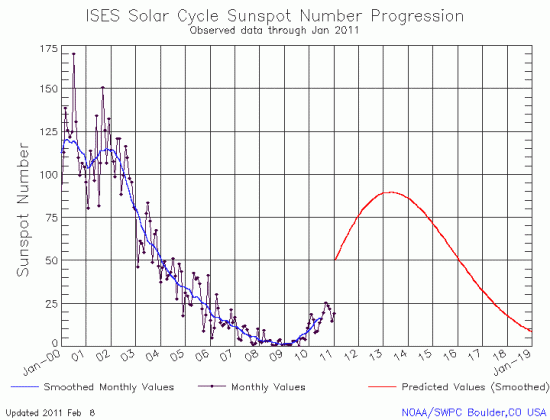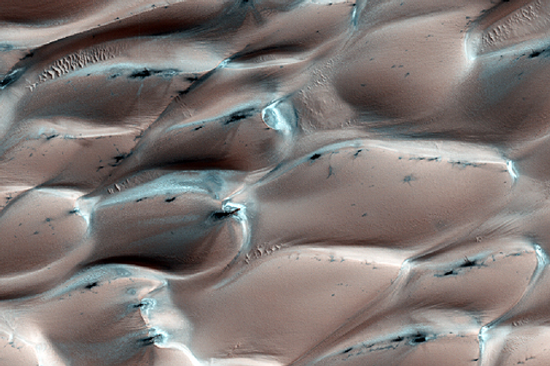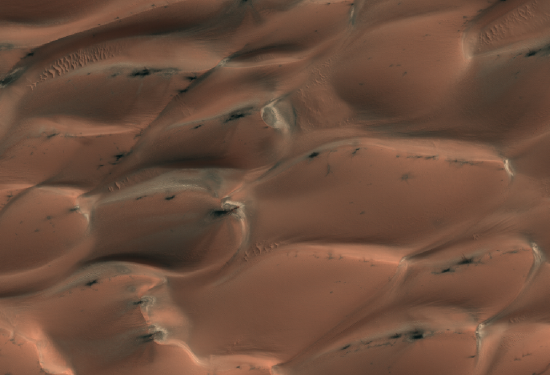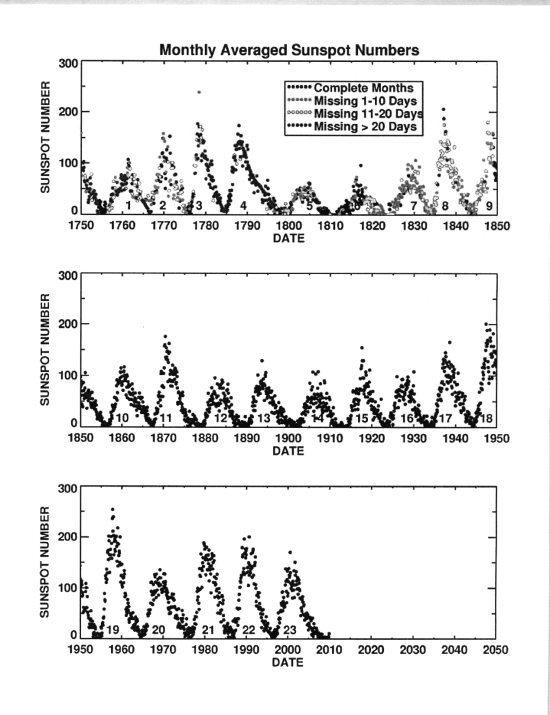Random variations are still too large for climate models
The uncertainty of science: a paper published today in Geophysical Research Letters has concluded that the the long term random variations of the climate, sometimes lasting as long as three or four decades, are large enough to hide any actual changes to the climate. In the quote from the abstract below, the term “random walk” is jargon for a long term random fluctuation having nothing to do with climate change.
This result indicates that the shorter records may not totally capture the random variability of climate relevant on the time scale of civilizations, for which the random walk length is likely to be about 30 years. For this random walk length, the observed standard deviations of maximum temperature and minimum temperature yield respective expected maximum excursions on land of 1.4 and 2.3°C and over the ocean of 0.5 and 0.7°C, which are substantial fractions of the global warming signal.
In other words, it might simply be too soon to be making predictions about the climate, based upon the presently available data.
The uncertainty of science: a paper published today in Geophysical Research Letters has concluded that the the long term random variations of the climate, sometimes lasting as long as three or four decades, are large enough to hide any actual changes to the climate. In the quote from the abstract below, the term “random walk” is jargon for a long term random fluctuation having nothing to do with climate change.
This result indicates that the shorter records may not totally capture the random variability of climate relevant on the time scale of civilizations, for which the random walk length is likely to be about 30 years. For this random walk length, the observed standard deviations of maximum temperature and minimum temperature yield respective expected maximum excursions on land of 1.4 and 2.3°C and over the ocean of 0.5 and 0.7°C, which are substantial fractions of the global warming signal.
In other words, it might simply be too soon to be making predictions about the climate, based upon the presently available data.




